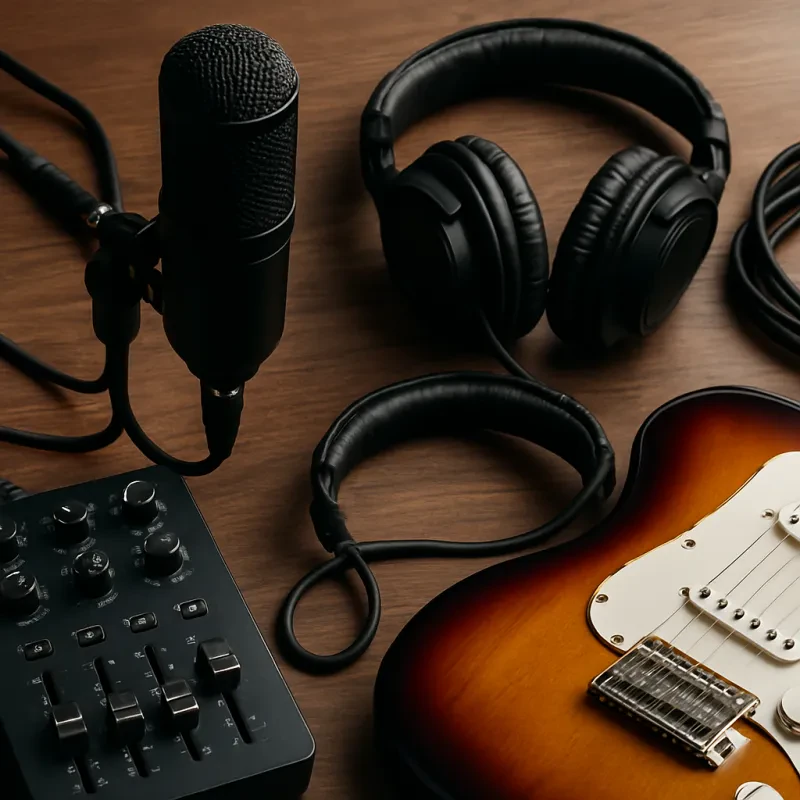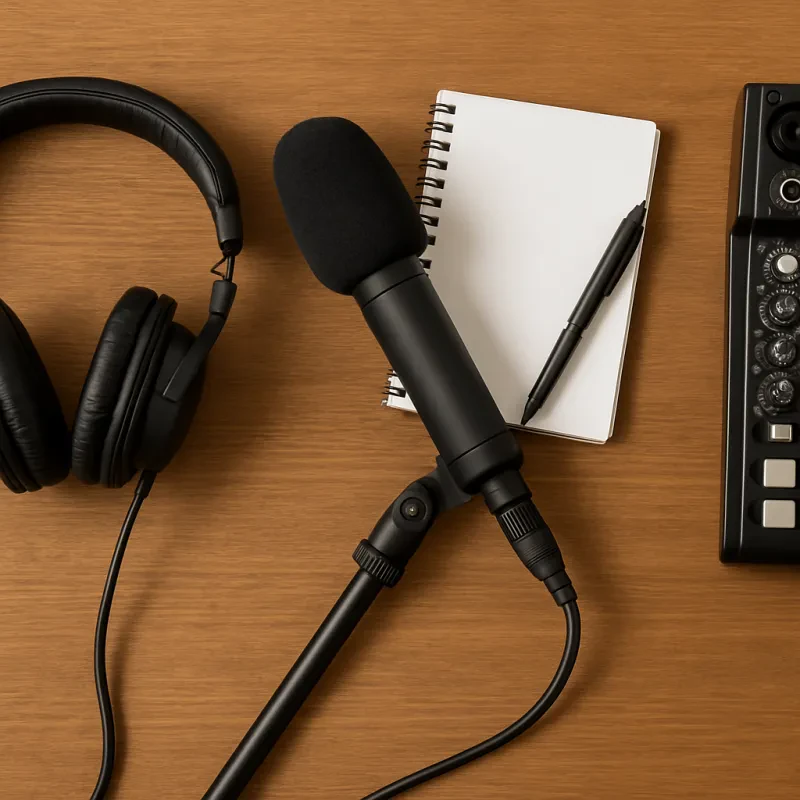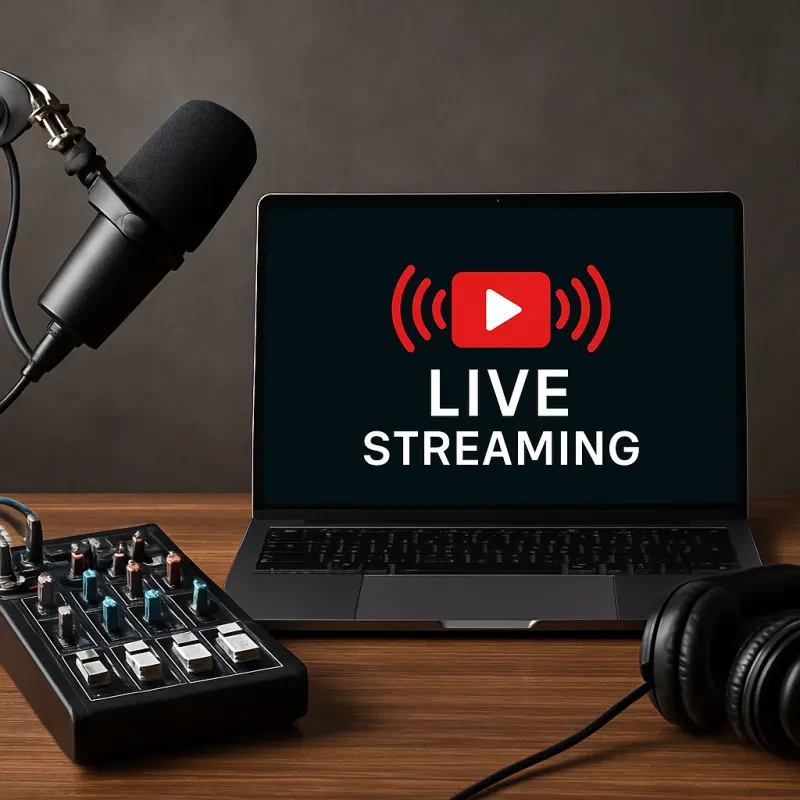When it comes to how to set up podcast equipment at home, picking the right microphone can make a world of difference. With so many options out there—USB, XLR, handheld, and shotgun—it's easy to feel overwhelmed. But don’t worry! Let’s break it down so you can find the mic that fits your needs.
USB Microphones: If you’re just starting out or want something simple, USB mics are a great choice. They plug right into your computer, which means you can get recording in no time. Look for models with built-in features like gain control or a mute button for added convenience.
XLR Microphones: If you’re looking to take your podcast to the next level, consider an XLR mic. These are commonly used in professional settings and provide higher-quality audio. Just keep in mind that you’ll need an audio interface or mixer to connect them, which can be a bit more complex but totally worth it for that polished sound.
Dynamic vs. Condenser Mics: Dynamic microphones are great for recording in noisy environments since they pick up less background noise. On the other hand, condenser mics are sensitive and excel in capturing vocals' warmth and detail. Depending on your recording setup and the space you’re in, one may suit you better than the other.
Ultimately, it’s about finding a microphone that fits your style and setup. Consider things like your budget, space, and what type of sound you want to create. With the right mic, you’ll be well on your way to producing awesome content right from home!
Essential Accessories for Better Sound Quality
When you’re figuring out how to set up podcast equipment at home, don’t overlook the essential accessories that can take your sound quality from good to great. The right gear can make a huge difference, and you don't need to break the bank to get it!
First off, consider investing in a quality microphone. A decent USB or XLR microphone can dramatically enhance your audio clarity. Look for options that come with noise-canceling capabilities to filter out background sounds. Also, don't forget about a pop filter; it helps reduce the harsh sounds that can occur when you pronounce certain letters, making your voice sound smoother.
Next on your list should be some quality headphones. Closed-back headphones are ideal for monitoring your audio without any sound leaking in or out. This will help you catch any issues during recording instead of finding them during editing.
Finally, don’t forget about your recording environment! Soft furnishings, curtains, or even foam panels can absorb sound and prevent echo. A simple setup with these accessories can vastly improve the overall quality of your podcast, making it much more enjoyable for your listeners. So as you learn how to set up podcast equipment at home, keep these accessories in mind for that professional touch!
Simple Steps to Connect Everything Together
Setting up your podcast equipment at home can seem tricky at first, but it doesn’t have to be! Here’s a simple breakdown of how to get everything connected without any fuss.
1. Gather Your Gear: Make sure you have all the necessary pieces first. You’ll typically need:
2. Connect Your Microphone: Start by plugging your microphone into the audio interface or mixer. If you’re using a USB mic, just plug it directly into your computer. Most microphones will come with a user manual, so give that a quick look if you’re unsure!
3. Link Everything Up: Connect your audio interface or mixer to your computer using a USB cable (or an appropriate cable if you're going with an interface). Make sure to power on the interface or mixer, and ensure your computer recognizes it. This step is crucial in knowing how to set up podcast equipment at home effectively.
4. Test Your Setup: Once everything is connected, it’s time to do a sound check! Open your recording software and make sure your microphone is selected as the input device. Speak into the mic and check the levels. Adjust the gain on your audio interface or mixer to avoid distortion.
By following these steps, you're well on your way to having a solid podcast setup! Now you're ready to start recording and sharing your voice with the world.
Tips for Recording in a Quiet Space
Finding the right space for recording your podcast can make all the difference. If you're wondering how to set up podcast equipment at home effectively, start with the environment you're in. A quiet place helps capture clear audio and minimizes distractions.
Here are some tips to help you create an ideal recording space:
With these tips, you’ll be well on your way to mastering how to set up podcast equipment at home and creating a professional-sounding podcast. Happy recording!


